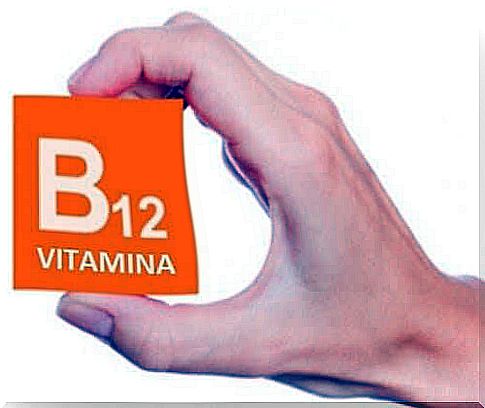Methylmalonic Acidemia, What Is It?
Usually, methylmalonic acidemia is diagnosed within the first year of life. Symptoms are evident in childhood and vary from person to person.

Methylmalonic acidemia refers to a birth defect that affects the metabolism of vitamin B12. The body fails to break down certain proteins and fats, and as a result, methylmalonic acid builds up in the blood.
The disease is usually diagnosed during the infant’s first year of life. It is estimated that about 1 in 25,000 to 48,000 babies are born with this anomaly. Symptoms are evident in childhood and vary from person to person.
Causes of methylmalonic acidemia

The factor responsible for vitamin B12-sensitive methylmalonic acidemia is a defect in the synthesis of the adenosil-cobalamin cofactor (AdoCbl), which is linked to genetic alterations in the MMAA genes (4q31.1-2 ), MMAB (12q24.1) and MMADHC (2q23.2).
The factor causing vitamin B12-resistant methylmalonic acidemia is a complete or partial deficiency in the activity of the mitochondrial enzyme methilmalonyl-Coa mutase (MCM). In this case, the mutations occur in the MUT gene (6p21).
All methylmalonic acidemias are transmitted according to the autosomal recessive transition pattern.
Symptoms of methylmalonic acidemia
The warning signs and symptoms of methylmalonic acidemia are: vomiting, dehydration, hypotonia, developmental delay, fatigue, and hepatomegaly.
In the long term, complications may appear, such as eating problems, intellectual disability, chronic kidney disease, or pancreatitis or inflammation of the pancreas. If those affected do not receive treatment, they can fall into a coma, or worse, die.
Symptoms of isolated methylmalonic acidemia

Patients with isolated methylmalonic acidemia may have other symptoms depending on the form of the disease.
The infantile form
It is the enzyme subtype resistant to vitamin B12, and is the most common form of isolated methylmalonic acidemia. This form occurs during childhood: children are born normal, but quickly they show symptoms of the disease (lethargy, vomiting and dehydration).
Later, the increase in the size of the liver becomes evident as well as hypotonia and encephalopathy. At the time of laboratory analyzes, the following parameters are measured:
- ketosis and ketonuria
- ammonium in the blood
- severe metabolic acidosis
- increased glycine in the blood
The partially deficient form
It is the sensitive form to vitamin B12 and it manifests itself during the first months of the infant’s life. Affected children may present with eating disorders: anorexia, vomiting, hypotomy or even developmental delay.
In some cases, ingestion of protein causes vomiting. Children affected by this form of methylmalonic acidemia are at risk of metabolic failure, which is why it is very important to diagnose the disease early in order to start treatment as soon as possible.
Usually, until the first episode of vomiting / dehydration / lethargy or coma, the person is not known to have a metabolic impairment.
Mild form or adult form
Affected people are considered stable, but they are prone to acute metabolic failure.
The root cause of this form of methylmalonic acidemia has not yet been well identified.
Treatment and prevention
Treatment should be started as soon as the diagnosis is established. The earlier the patient begins treatment, the better the outcome will be.
Currently, diet is the basis of treatment to cure methylmalonic acidemia. The objective of nutritional treatment is to avoid the accumulation of substrates and metabolites, which could prove to be toxic.
The recommended treatments for children with methylmalonic acidemia are:
- L-carnitine: this substance, in addition to being reliable and natural, helps the body to produce energy and eliminate residues
- Oral antibiotics: these medicines can help decrease the amount of methylmalonic acid in the gut
- Vitamin B12 injections: more than 90% of cases of CblA deficiency respond to this treatment. In addition, these injections help nearly 40% of children who suffer from CblB deficiency.
If the patient is showing symptoms of a metabolic crisis, they should go to the hospital immediately. Hospital treatment includes intravenous bicarbonate to reduce acidity in the blood. In addition, the patient is usually given glucose intravenously in order to prevent the breakdown of proteins and fats stored in the body.
It is also recommended that patients eat a diet low in amino acids and limited in protein. The diet should mainly consist of carbohydrates such as grains, fruits, pasta and vegetables.
People who suffer from this disease should also avoid contact with people who have a contagious illness such as a cold or the flu, in order to avoid complications.









